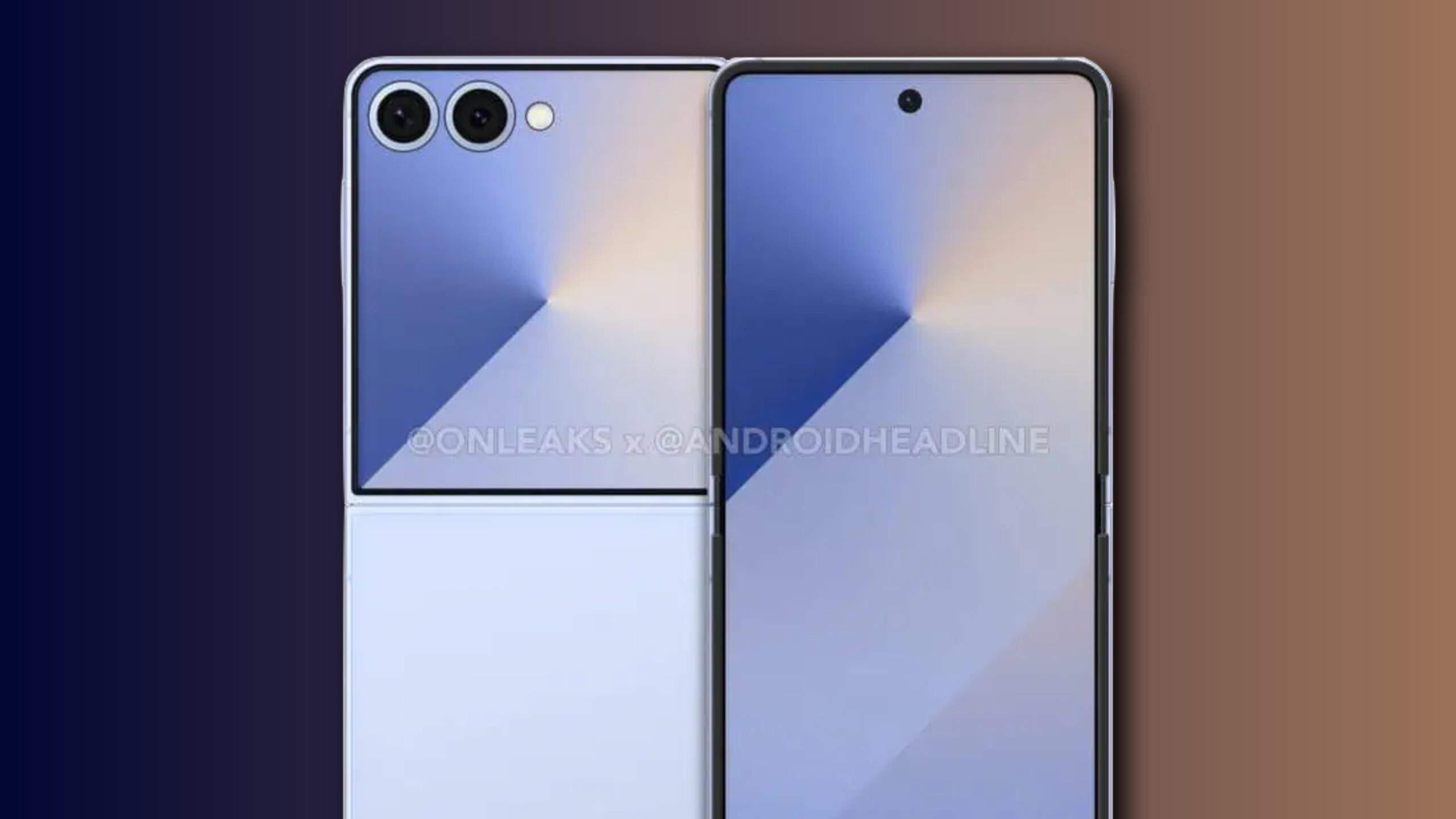The KSI Wombat Willow Pro ($144.99) is a keyboard for serious PC users with multifaceted typing needs. It’s compatible with Windows PCs and Macs, which is important for those of us who work with both operating systems over the course of the day. The Willow Pro is also wireless, offering Bluetooth and RF connectivity. It has the keys of a full-size keyboard in a small, low-profile body. And, importantly, the Wombat sports mechanical keys with white LED backlighting. The board’s plastic bottom detracts from its luxury aesthetic, and the typing experience won’t appeal to certain picky typists, but if you have been eyeballing the Editors’ Choice-winning Dell KB900 Premier Collaboration Keyboard, check out the Wombat Willow Pro as an excellent alternative.
Design: Classy and Functional
Despite being crammed with 102 keys, the Wombat Willow Pro has a compact footprint that doesn’t occupy much desk space. The board is just 14.5 inches wide, compared with the 17.3-inch width of the Dell KB900. But it’s a little wider than the $100 Satechi SM1 Slim (12.2 inches wide), another Mac- and Windows-friendly keyboard. In testing, we could reach our mouse comfortably, which is possibly the most important reason to have a compact keyboard.
(Credit: Josh Gulick)
On the other hand, the Wombat Willow Pro is a little deeper than similar boards. It’s 6.3 inches deep to the Dell KB900’s 4.8 inches and the Satechi SM1 Slim’s 4.6 inches. That extra space allows a second row of keys above the traditional function-key row. This board, however, clumps the function keys into two groups. That’s a little disorienting for those of us used to the standard function-key lineup. We’d rather have them in the standard row, with the other keys (such as Delete, Home, End, Num, Page Down, and Page Up) on the top row.
(Credit: Josh Gulick)
The Alt keys (on either side of the space bar) double as the Apple Command keys, and a Windows key sits nearby. The Control and Function keys are also where you’d expect them on the same row as the space bar. Crucially, the Wombat Willow Pro has a full number pad in easy reach. That’s a must for some business users and a feature you see on few compact keyboards. The four direction buttons are also to the right of the main key set, right where you’d expect them. On top of all that, the Escape key doubles as a macOS hotkey, so you can pull up the Menu bar with a keypress.
KSI, which manufactured the keycaps for the Apple II, has a long history of developing keyboards for various uses—and it shows. The Wombat Willow Pro’s keys notch wins for comfort, quality, and style. KSI puts double-shot PBT keycaps on Kailh low-profile mechanical key switches. (We’ll get into the typing experience a little later in the review.) Thanks to these choices, the keys are sturdy and durable. They’re also backlit with white LEDs. And with the rounded surfaces, the keys have a modern look that gives Apple-esque vibes.
(Credit: Josh Gulick)
A combination of steel and rose-gold coloring provides the background for the white keys. KSI refers to this color scheme as Milk Tea, which seems appropriate. The bottom of the keyboard (and roughly the bottom two-thirds of each side) is made of white plastic. We were skeptical of the plastic bottom until we tried to twist and bend the keyboard—it didn’t budge.
Two of the feet can flip up to put the keyboard at a slight angle if that’s your preference. And we really like a very small feature that’s handy (though probably not an essential tool): The bottom of the keyboard has an embossed ruler. We would have appreciated inches in addition to centimeters, but it’ll get the job done in a pinch.
Setup and Connectivity: A Painless Experience
You have two wireless options for connecting the Wombat Willow Pro to your Mac or Windows PC: Bluetooth and 2.4GHz RF. We had no problems connecting to a MacBook Air and a Windows PC using either connection, but Bluetooth is naturally easier because it doesn’t require any extra hardware, assuming your computer also has Bluetooth connectivity.
(Credit: Josh Gulick)
If you choose to go the RF route, you’ll plug the included RF dongle into a USB port. The dongle is USB-A, but the board includes a USB-C adapter in case you need it. That’s a nice touch on KSI’s part and will prove useful for anyone with a slim laptop, as they often have only USB-C ports.
(Credit: Josh Gulick)
To switch between your Mac and your Windows laptop, simply flip the switch at the back of the board. You’ll also find the power switch here, along with a USB-C port for the cable you’ll use to charge the keyboard. You can also use the cable to provide a wired connection to your computer, should you need to forego a wireless connection for some reason.
Testing the Wombat Willow Pro: Flexible Comfort
The Wombat Willow Pro’s smooth keystrokes are very good for typing. But for gaming, we’d prefer key switches that are a touch snappier. That’s where the board’s hot-swappable customizability comes in: You can buy key switches that match your preferences and then replace the board’s existing switches with the included tools. It’s an easy process and we appreciate that KSI makes the board so flexible in that way. Mind you, if we were using the board mostly for typing, we’d keep the keys exactly as they are.
(Credit: Josh Gulick)
We needed a few minutes to get used to the keycaps, which have a slightly unusual feel due to the rounded design. After that, we felt as comfortable typing on the Wombat Willow Pro’s keys as on those of any other keyboard. As we mentioned earlier, the keys are sturdy and drop cleanly, though we would prefer these keys for typing over playing first-person shooters. Fragile space bars are a pet peeve of ours, so we gave this board’s space bar some rough use, but it held up without complaint and delivered clean keystrokes, even when we pressed on the extreme edges.
Software: You Can Skip the Wombat Pouch
You can download the Wombat Pouch software from KSI’s website. The keyboard maker has both macOS and Windows versions. The first thing the software did (after we selected the Willow Pro from a short list) was alert us to a firmware update and offer to install it. The update finished in under a minute.
Wombat Pouch’s UI gets the job done, but it lacks polish. It lets you add macros to certain keys, including the numpad and some nearby keys. The board supports only white backlighting (and you can control brightness via the board’s Function feature), so the software doesn’t have lighting customizations. You can skip the software unless you want to add macros or otherwise customize the keys.
Verdict: A Solid Keyboard for Mac and Windows
We like the KSI Wombat Willow Pro. The Milk Tea color scheme makes the keyboard look right at home in front of a MacBook or a Windows laptop. The dual wireless connectivity options (and wired option) give you plenty of flexibility, which is exactly what you want in a keyboard that will be interacting with multiple computers.
The keyboard’s price is hefty, but it’s not out of sync with keyboards that offer as much functionality as the Wombat Willow Pro. We also like that you can swap out the mechanical keys. It’s a feature that many users will never need, but the flexibility is there if you need it. That’s the theme with the Wombat Willow Pro: It’s ready to go whether you need it for work, play, or anything in between.
Pros
View
More
The Bottom Line
The Wombat Willow Pro is a something-for-everyone keyboard, with support for macOS, Windows, Bluetooth, and RF wireless, plus a full complement of keys on its small frame.
Like What You’re Reading?
This newsletter may contain advertising, deals, or affiliate links.
By clicking the button, you confirm you are 16+ and agree to our
Terms of Use and
Privacy Policy.
You may unsubscribe from the newsletters at any time.

About Josh Gulick

















